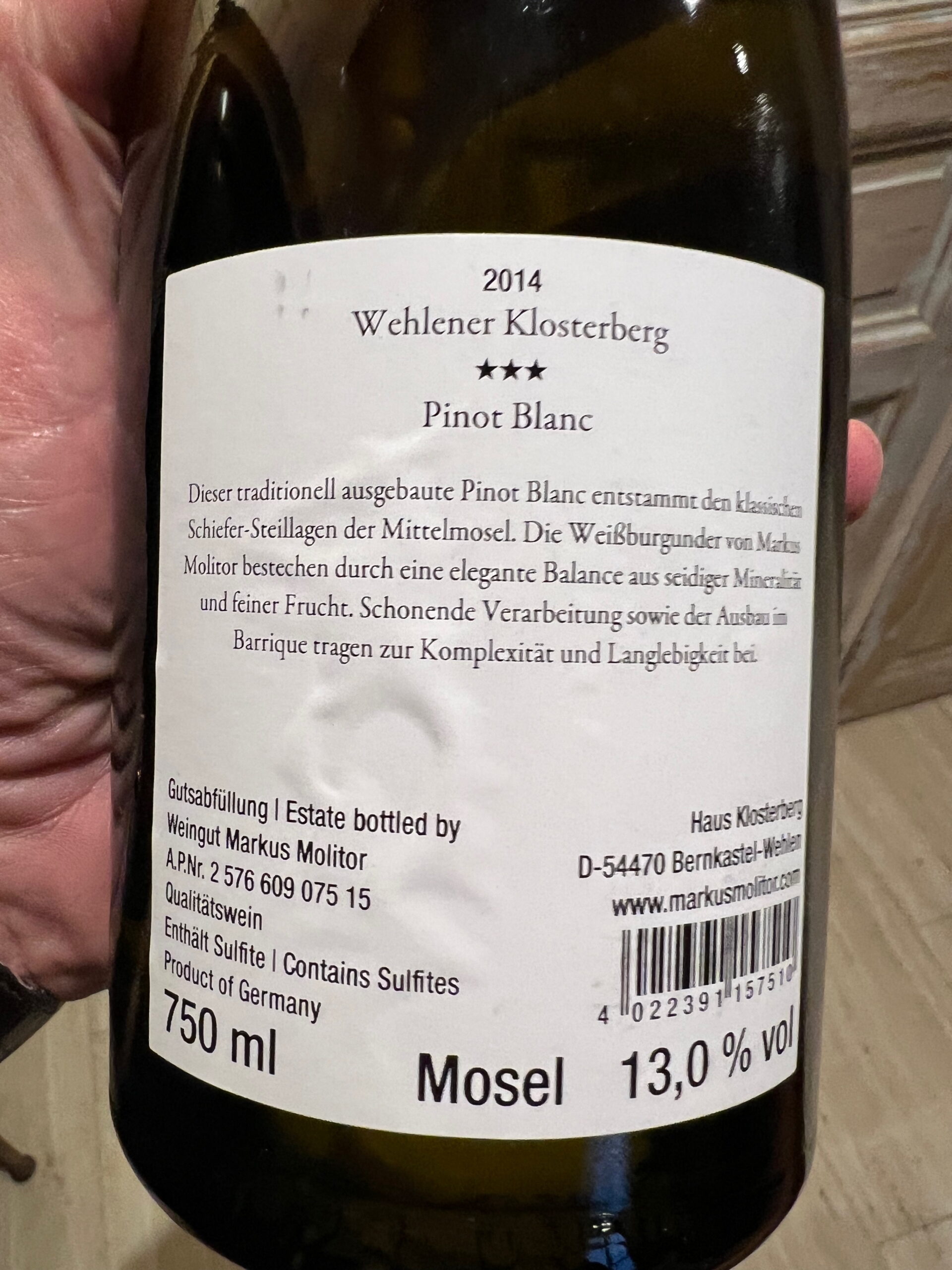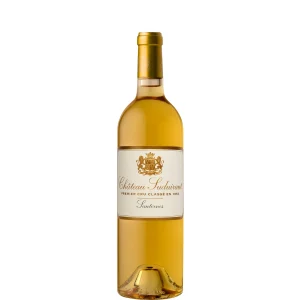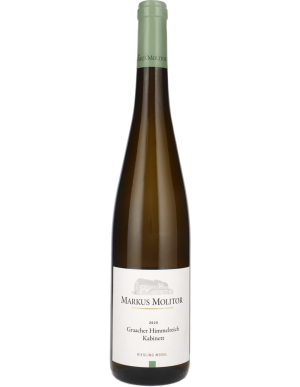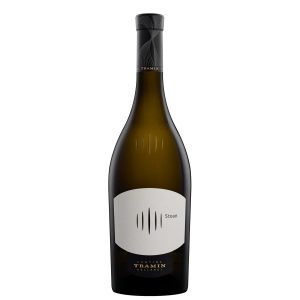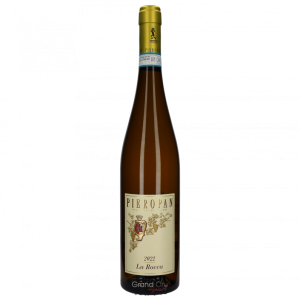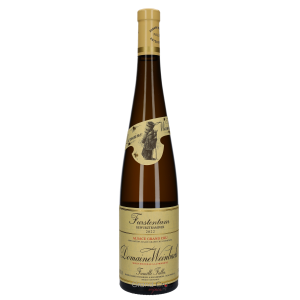Markus Molitor’s ambition, indefatigability and standards of vinous excellence are almost frightening. Acting as his own cellarmaster, Molitor directly supervises the farming of some 60 hectares, often resulting in nearly that many individual bottlings from a given vintage, for a bottle total of more than a quarter of a million involving nearly two dozen Einzellagen. Yet this mega-estate, already comprising some 170 parcels ranging from multi-hectare to a few rows, just keeps growing. After having lost the long-term contract on ancient Niedermenniger Herrenberg vines (sadly, this year grubbed up) that informed his “Saar Alte Reben” bottling, Molitor took control in 2012 of far more extensive Saar acreage in Saarburger Rausch and Ockfener Bockstein. In collaboration with Van Volxem proprietor Roman Niewodniczanski, he planned what can only be termed a spectacularly audacious stripping and replanting of the once-famous Geisberg vineyard adjacent to Ockfener Bockstein, a site that had long since returned to scrub and young forest. And even as I was writing this introduction came word that Molitor had acquired the 22-hectare (formerly Prussian) State Domaine on the Saar at Serrig. Another prime Molitor project represents a return to his paternal roots, with major land acquisitions in Kinheim. (If Molitor’s lone 2014 Auslese doesn’t already convince you that Kinheim represents prime terroir, his collection of 2015s surely will.) “Spectacular” is also scarcely hyperbole when applied to the wholesale 2010-2012 redesign and renovation of Molitor’s crush, cellar and reception facilities, around and over the top of which he has expanded his already dominant “home-vineyard” holdings in Wehlener Klosterberg.
In order to tell remotely what sort of a Molitor wine you have in your hand, it’s necessary to familiarize yourself with the estate’s internal classification. Parts of this are idiosyncratic. But one part would have seemed unexceptional a quarter century ago – namely, the utilization of Prädikat designations for each and every single-vineyard Riesling bottling, even those that are dry-tasting or legally trocken. A wine labeled “Kabinett” – even if dry-tasting – displays notable alcoholic levity and refreshment, with Spätlesen and Auslesen exhibiting enhanced ripeness and richness. Only Molitor’s Pinot Blancs, Pinot Noirs and multi-site Riesling cuvées are labeled without Prädikat, although most of these legally could be, since they are rarely chaptalized. Molitor offers three stylistically distinct sets of Riesling, each signaled via color-coding. Most reflect 18-24 hours of pre-fermentative skin contact, are raised in fuder, and stay on their lees until just prior to late August or early September bottling, for results typically texturally plusher than one finds at other German Riesling addresses. White labels and capsules are utilized for dry-tasting wines. Among these, few are legally trocken, and in any event the words trocken or halbtrocken never appear on a Molitor label. White labels with a pale blue-green capsule designate wines of very discreet, at times nearly hidden residual sweetness. These are sometimes referred to in the press, and even internally, as feinherb, but that descriptor, too, never appears on a Molitor label. Gold capsules and labels signify Rieslings of unabashed sweetness, but the Kabinetts, Spätlesen and Auslesen among these seldom harbor nearly as much residual sugar as has become today’s norm for wines so labeled. In short, Molitor’s portfolio differs radically from that of most other German Riesling growers inasmuch as his “dry” Rieslings are seldom (and if so, barely) legally trocken while his “sweet” wines are drier than most; and yet, within the resulting middle ground he typically fields more than 40 bottlings representing three highly distinctive taste profiles. (Wines are typically fermented in slightly cooler or less chilly parts of his cellar depending on the approximate level of residual sugar Molitor anticipates achieving and envisages as ideal.)
The last bit of Molitor idiosyncrasy with which wine lovers must grapple is his labeling with stars (up to three of them). For non-Rieslings, these indicate an internal quality ranking. Among Rieslings, they are loosely pegged to must weight within any given Prädikat. Thus, for example, we can assume that a “three-star” Auslese, even if it is dry-tasting, reflects fruit harvested in the range legally associated with Beerenauslese. And it is usually only among that upper (and most expensive) tier of Auslese bottlings – characteristically raised in barriques (occasionally new), since their volumes are too small for fuder – that botrytis even comes into play chez Molitor. (Molitor’s notoriously prevalent, frequently record-setting T.B.A.s, raised in glass demijohns and often more than a year in fermenting, dispense with stars. They are generally only bottled and released in batches two or more years after harvest.) Molitor has gradually arranged things so that any given combination of site, Prädikat designation and stars usually occurs within his portfolio only once each vintage. But from certain of his most important sites, there will inevitably be more than one wine with the same Prädikat and number of stars, in which case these are distinguishable from one another only by capsule (or label) color and A.P. number. In such instances, I have included the latter in my wine description. My tasting notes allude to the perceived sweetness, if any, of a given wine and often also note its alcohol level; but to render it easier to tell where each wine fits into Molitor’s hierarchy, I have indicated the relevant capsule or label color – white, green or gold – as part of its description.
Given the enormous pains taken by a picking crew that typically numbers more than four dozen veterans, and a consistent pattern of pitiless “preharvest” to drop any inferior fruit, it isn’t surprising that Molitor was able to make the best of vintage 2014’s challenging circumstances. But who could have imagined that “best” might be this good? Here, though is one instance where yields tell a decisive story, because while most Mosel growers harvested 50-60 hectoliters per hectare even after rigorous culling, Molitor’s yields were less than half that. Pressing went on around the clock (no significant pre-fermentative maceration this year!) and “if you were just one hour too late in reacting,” Molitor insisted, “you had a disaster.” Especially delightful is the number of genuinely delicate Kabinetts Molitor has managed this vintage, including several well under 11 percent in alcohol yet truly dry-tasting (if legally halbtrocken). Incidentally, whatever role sugar-free dry extract plays in flavor or ageability (very much an open question), it’s a striking fact that this collection’s wines display levels as high as either I or Molitor have ever encountered in non-T.B.A. Rieslings. Molitor was one of several Mosel growers to tell me that the 2014s tended to gobble up sulfur, and he says he was only able to stabilize his residually sweet wines without resorting to unusually high levels of SO2 thanks to an ability to chill the relevant parts of his cellar to within a mere degree or two of freezing. As my tasting notes will indicate, the highest must weight, botrytis-affected Auslesen of this collection – products of especially intense post-selection sorting even by estate standards – were unevolved and restless when I tasted them within a month of bottling, and it will be a couple of years before one can take a full measure of their manifestly formidable stature and aging potential. Amazingly, among a number of Molitor 2014s that had not yet finished fermenting when I tasted in September 2015 were not just several nobly sweet selections but also a residually sweet Kabinett and Spätlese from the Ürziger Würzgarten. (Regrettably, Molitor’s 2015 collection was so extensive that tasting through it left me no time to revisit any of his 2014 Rieslings alongside.) Alongside his young 2014 Rieslings, Molitor showed me his (at the time) recently bottled 2012 Pinot Noirs, products of an outstanding vintage for him in both red and white. (Unfortunately, a calamitous series of viticultural misfortunes and mishaps beginning in 2012 will conspire through vintage 2016 to keep Molitor’s original source of Pinot Noir – a small patch of ancient vines in the Trarbacher Schlossberg – from starring in single-vineyard bottlings.)

